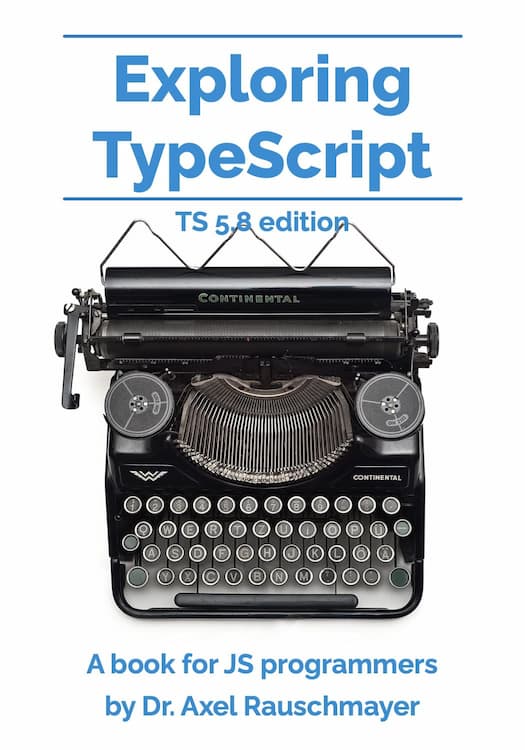
"Markup languages (languages for marking up text) use plain text and characters they treat as special to describe text that is not just a sequence of characters but has structure: paragraphs, bullet lists, headings, etc. HTML is a markup language. Two of its special characters are < and >. Two benefits of markup languages are: They are less finicky than most word processors."
"However, especially HTML is also slightly unpleasant to write and read - unless shown in a web browser. Therefore, Gruber wanted to create a markup language that already looks good in plain text. It was inspired by how early emails were written - e.g., for quoting the text of another email, email apps support the following syntax - which is also used by Markdown: > Your immediate attention is required!"
Markdown is a lightweight markup language created in 2004. Markup languages use plain text and special characters to express structure such as paragraphs, headings, and lists, with HTML using symbols like < and >. Markup formats are less finicky than word processors and integrate easily with version control systems, enabling undo and collaboration. Markdown was designed to read well as plain text and to be easy to write. Markdown adopts conventions from email quoting (the > prefix) and supports simple constructs like headings, bold, paragraphs, and bullet lists for readable documentation.
Read at 2ality
Unable to calculate read time
Collection
[
|
...
]